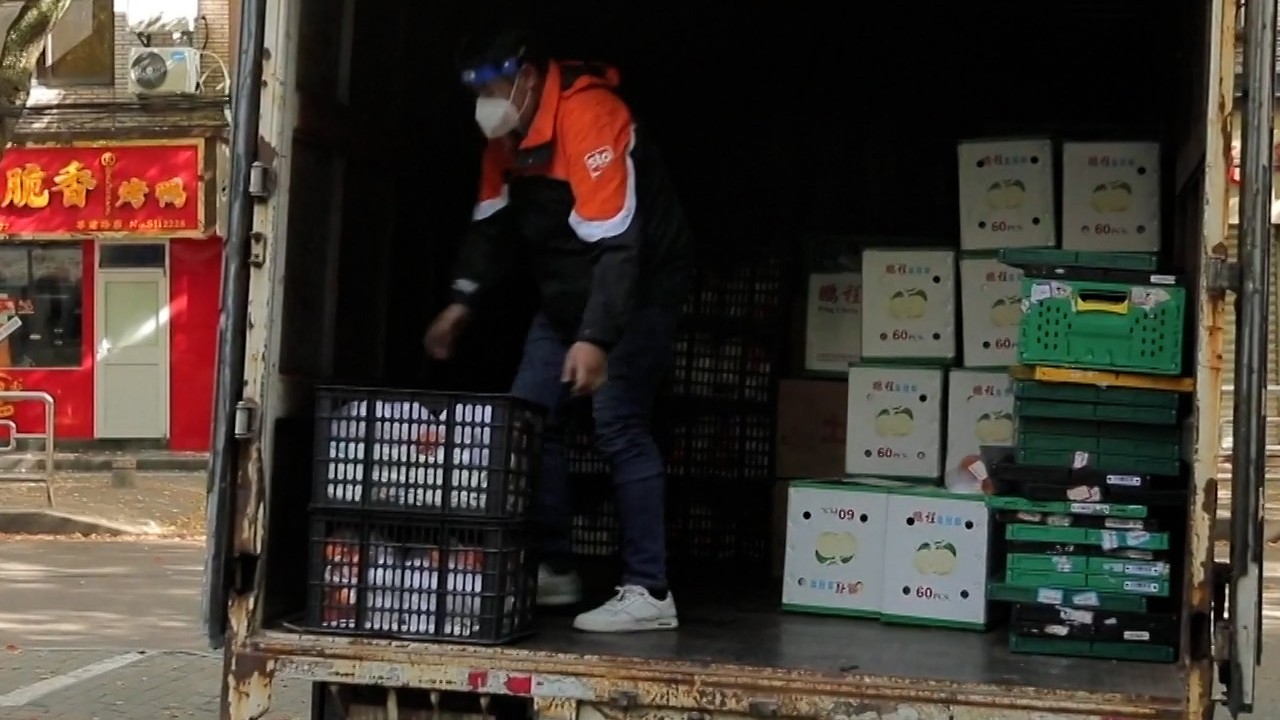
China trade: unexpected fall in imports amid coronavirus, Ukraine war raises alarm for export machine
- Strict coronavirus control measures like lockdowns have rippled through port operations and weighed on domestic demand
- The impact on trade will ‘show up with a lag’ and the country’s export outlook will dim over coming quarters, analysts say
China’s first monthly fall of imports in one and a half years is likely to set off alarm bells in Beijing that its hardline zero-Covid strategy could threaten the country’s massive export machine and weigh on economic growth.
While numerous factors explain the decline, including lockdowns in key port cities to contain Omicron outbreaks and commodity price spikes driven by the Russia-Ukraine war, data released by the General Administration of Customs on Wednesday painted a damning picture of domestic demand and supply chain disruptions.
Purchases from Canada plunged 28.2 per cent, followed by a decline in purchases from the US by 12 per cent and a drop of 11.6 per cent from the European Union. Imports from Russia, however, a major energy supplier for China, rose 26.4 per cent last month, according to calculations by the South China Morning Post.
Chinese exports rose 14.7 per cent from a year earlier to US$276 billion last month, slowing from 16.3 per cent in the first two months.
The impact on trade, exports in particular, will show up with a lag
“The weak imports likely reflect the damage from Omicron outbreaks, which slowed the flow of goods through major ports in China,” said Zhiwei Zhang, chief economist at Pinpoint Asset Management.
Strict coronavirus control measures like lockdowns and quarantine have rippled through port operations and economic activity in China.
Imports are likely to stay weak over the next two months because of falling domestic orders, while export growth is likely to slow in April due to supply chain disruption, Zhang said.
“The impact on trade, exports in particular, will show up with a lag,” he said.
As a key part of the global supply chain, China imports a vast array of intermediate products for processing before they are re-exported.
Analysts warned that China – the world’s largest buyer of commodities from crude oil to iron ore to grains – is particularly vulnerable to international price surges for raw materials.
Crude imports dropped by 14 per cent year on year to 42.7 million metric tonnes in March, as international prices spiked following Russia’s invasion of Ukraine.
The benchmark Brent crude price briefly hit a 13-year high of US$139 per barrel after Western nations sanctioned Russia, a key supplier.
In March, purchases of iron ore, a key steelmaking ingredient vital for domestic construction, was down 14.5 per cent to 87.28 million metric tonnes.
Shanghai stretched to breaking point under dynamic zero-Covid
Meanwhile, China imported about 12 million metric tonnes of grain last month, down 5.6 per cent from a year earlier.
Net exports last year accounted for a fifth of China’s economic growth, or 1.7 percentage points, after contributing to a rise of 0.7 percentage points in 2020.
Julian Evans-Pritchard, a senior China economist of Capital Economics, said a manpower shortage in the logistics sector has not led to a sharp fall in shipping capacity because container throughput at China’s eight largest ports only edged down 0.8 per cent in seasonally-adjusted month-on-month terms in March.
“Shifts on the demand-side played a bigger role,” he wrote in a note.
Evans-Pritchard also warned the country’s export outlook will dim over the coming quarters.
“Demand for consumer goods will continue to drop back as consumption patterns normalise coming out of the pandemic,” he said. “And the jump in energy prices will weigh on household purchasing power in many key markets for Chinese exports.”
The longer local lockdowns last, the harder it will be for factories to make up losses
Customs agency spokesman Li Kuiwen attributed the decline in imports last month to external “risks and challenges” and a high comparison base last year. However, he tried to strike an optimistic tone for exports.
“Exports have posted positive growth for seven consecutive quarters, which has fully indicated our resilience and potential,” he told a media briefing.
Carol Liao, China economist at PIMCO, said the impact of the country’s lockdowns on exports could still be manageable if they were not synchronised across major ports and domestic production remains intact.
“The longer local lockdowns last, the harder it will be for factories to make up losses,” she said.




